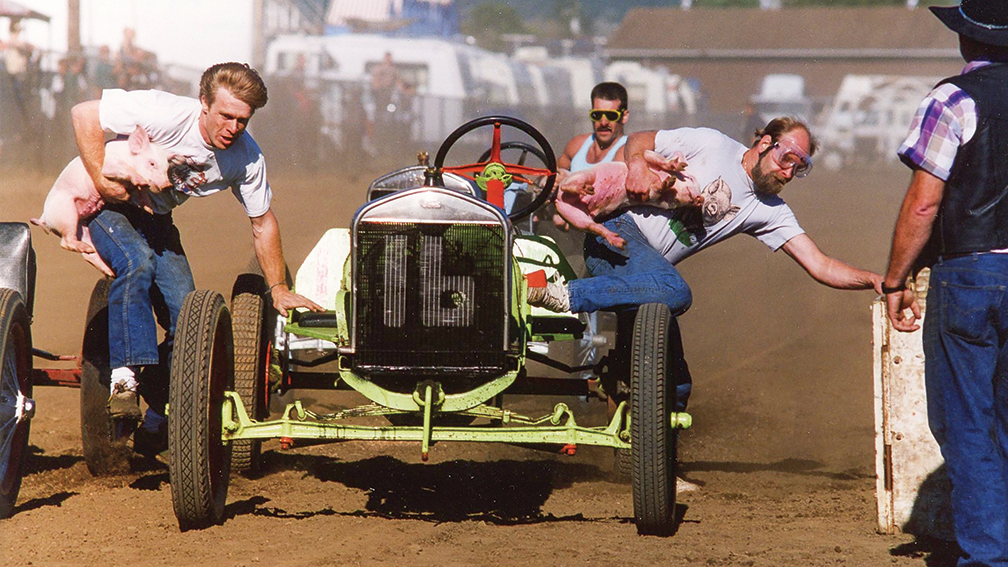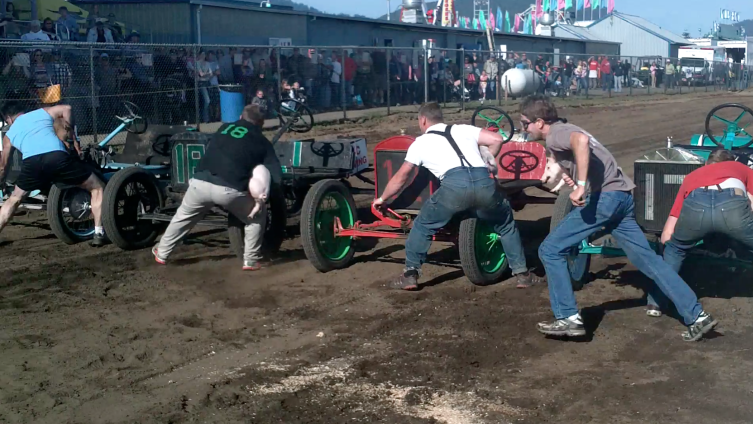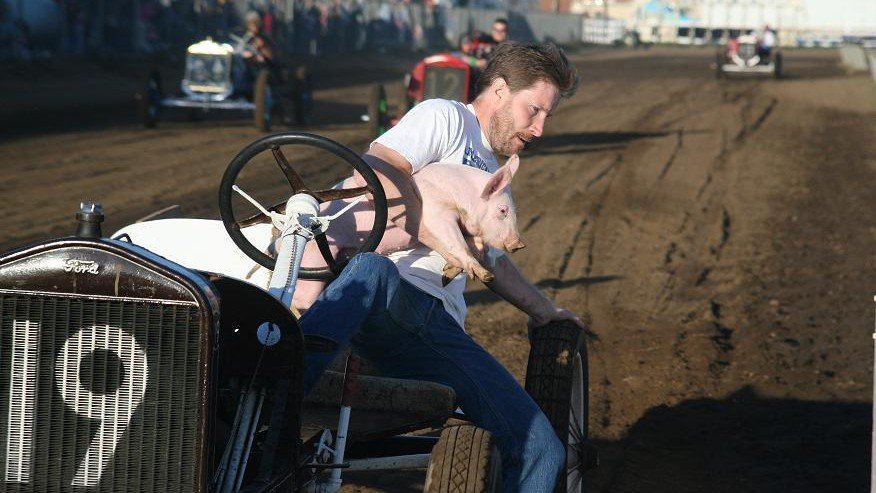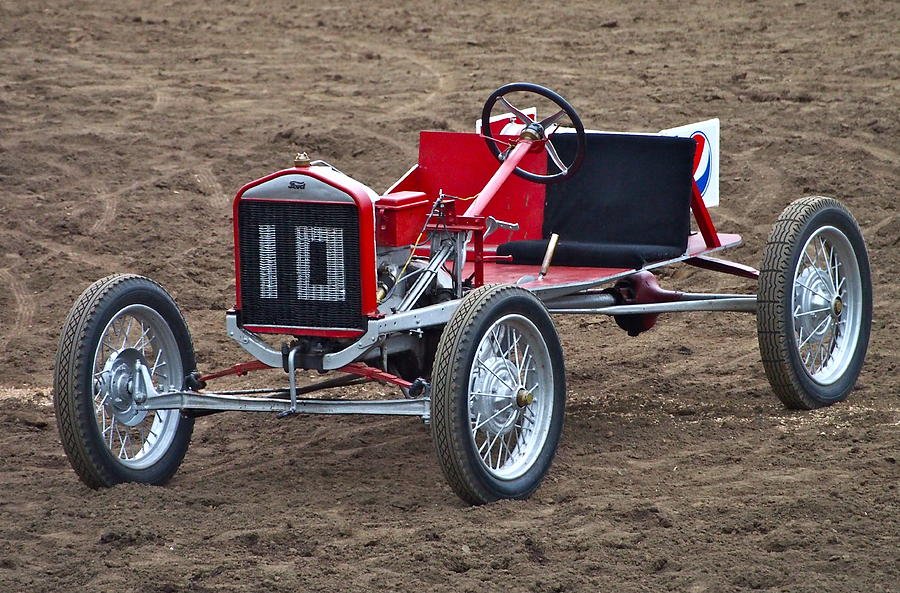There’s Formula 1, there’s rallying, and then there’s racing a Ford Model T with a pig under your arm




The Tillamook Country Fair is an annual event that hosts one of the most unusual forms of motorsport, with a rich history dating since 1925. For the reference, Le Mans 24h, the world's oldest endurance race, is just two years older than this.
As the name suggests, this competition involves original Ford vehicles, a dirt track, and… squealing livestock. It’s not what the modern world would call elegant but it has tradition and, as the organizers reassured numerous times, no pigs have been badly hurt during the race.
The presence of a live animal in a potentially dangerous activity brings all the unwanted attention of animal rights' defenders but, somehow, this nine-decade-old competition carries on unchanged. After all, it seems that a pig involved in racing is just a matter of perspective. There have been changes, though: back in the day, competitors would wrestle 90-pounders but, as the world progressed and got more polished, the pigs' weight dropped significantly, to a symbolical 20-pound.

You probably wonder where (and how) this idea of racing was born. Well, the story is as simple as you’d think: two local farmers had so much fun chasing a runaway pig in their Model Ts they decided it should become a race at the next country fair. And so it did.
And now we come to the vehicles, which must be Model Ts. Since this model’s production stopped in 1927, it’s quite hard to get your hands on one nowadays, so in almost all cases the cars competing in the Pig-N-Ford races are almost as old as this event and are passed on through generations of competing families.

The Model Ts have to have all the original components, the only modification allowed is a fourth pedal (the throttle). A stock Model T has three pedals, none of which is the accelerator — this is mounted on the steering wheel column. The one in the middle is the brake, and the left one is the transmission; push it to the ground and you’re in low gear, release it for switching to the high gear. Given the fact that a racer’s right arm is busy with keeping the pig in place, it would not be physically possible to use the car’s stock throttle.
The race consists of three laps, at the start of which the competitors have to run to the boxes that contain the pigs, take one, crank-start the car and drive off. At the end of every lap, a competitor would stop the car, switch the piglet he or she is holding with another one, and run back to the car.

Given the race’s standing start and the lack of safety equipment, accidents are prone to happen. Despite the vehicles' speed reaching 40 mph, most incidents occur during pig stops. No fatalities have been recorded, but broken bones are a common sight.
If all you've read so far made you more curious about this race, you can see here what happened in 2016 Ping-N-Ford; the 2015 and 2014 editions are below.
Image credits: Rularite Magazine, Joan Rankin Hayes, Bob Reed
